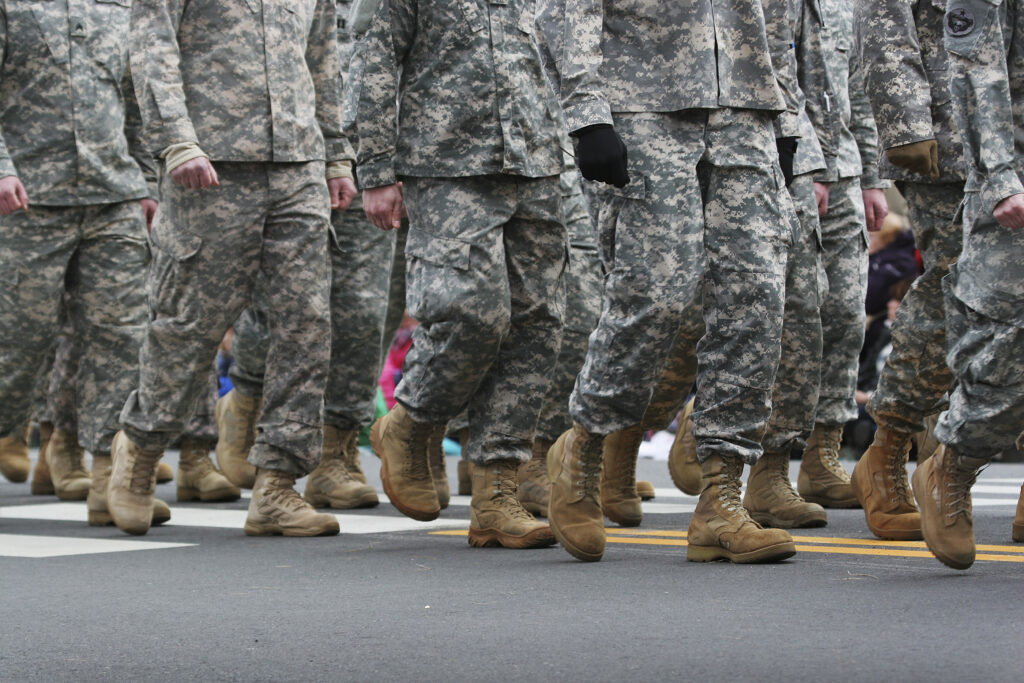The Department of Health and Human Services announced a federal grant rollout of $95 million to school-based health centers nationwide as part of a provision in the Patient Protection and Affordable Care Act of 2010. That legislation allocated $200 million in SBHC funding between 2010 and 2013.
Originally introduced in the 1970s, SBHCs relied primarily on private and local funding rather than participating in government health programs and funds. In the past decade, the number of SBHCs has continued to rise, in step with public funding for them. Approximately 1,100 of the centers were open in 2000, and there are about 1,900 today.
States Pay Operating Expenses
Rep. Michael Burgess (R-TX) practiced medicine in Texas for nearly 30 years before his election to Congress. He worries the spiked SBHC funding will not only deepen the nation’s debt, but further increase states’ financial burdens.
“I’ve supported the concept in the past, but we are up against a really tight spot with the deficit,” Burgess said. “Why in the world would you push an additional $95 million out the front door with obligations if you weren’t sure where the funding was going to come from?”
Although the new federal funding, announced July 14, will support center construction, expansion, and equipment, operational costs must come from states. Texas has 89 SBHCs and will use the new funding to construct more.
“The funding for the construction was mandatory, the funding for a doctor or nurse is discretionary, and in the 2012 budget the president zeroed that [discretionary] funding,” Burgess said. “We already have overtapped schools, communities, and states.”
Doubt over Transparency, Outcomes
SBHCs offer services similar to or sponsored by Medicaid, which costs the nation’s taxpayers about $333 billion a year. Medicaid covers doctor visits, prescription drugs, dental care, eye exams, vaccines, and more, at little or no cost to enrollees.
“Will there be an audit, for lack of a better tem, in a year or two, to see how these funds were used, whether they were used, and if not, would there be a way to recapture those funds?” asked Merrill Matthews, a resident scholar at the Institute for Policy Innovation.
Matthews said he doubts building funds endanger parents’ rights, but he expresses concern schools may not have to disclose their use of operational funds to taxpayers.
Independent consultant Ellen Kisker worked on one of the earliest studies of SBHCs in the late 1980s. Kisker and her colleagues followed a group of students in 19 schools with such centers, to assess their effectiveness. They compared these students to a national sample of urban youths for changes in sexual activity, contraception use, alcohol and drug use, and academic achievement.
Though the centers did increase students’ access to care and health education, Kisker said, they did not make a statistically significant reduction of risk-taking behaviors that endanger health.
More Government Control
Shifting healthcare responsibility from parent to school reduces parental responsibility and weakens parents’ natural interest in caring for their own children, said Chuck Donovan, a senior research fellow at the Heritage Foundation.
“It continues to move the responsibility of healthcare away from the family,” Donovan said.
Healthcare should put the consumer in charge and preserve the doctor-patient relationship, he said.
“This is a new program that could end up consuming billions of federal dollars,” Donovan said. “It’s also a way for the government to fund delivery of services instead of people attaining them for themselves.”
Internet Info:
“School-Based Health Center Capital Program: July 2011 Grantees,” U.S. Department of Health and Human Services: http://www.hhs.gov/news/press/2011pres/07/20110714grantee.html.




